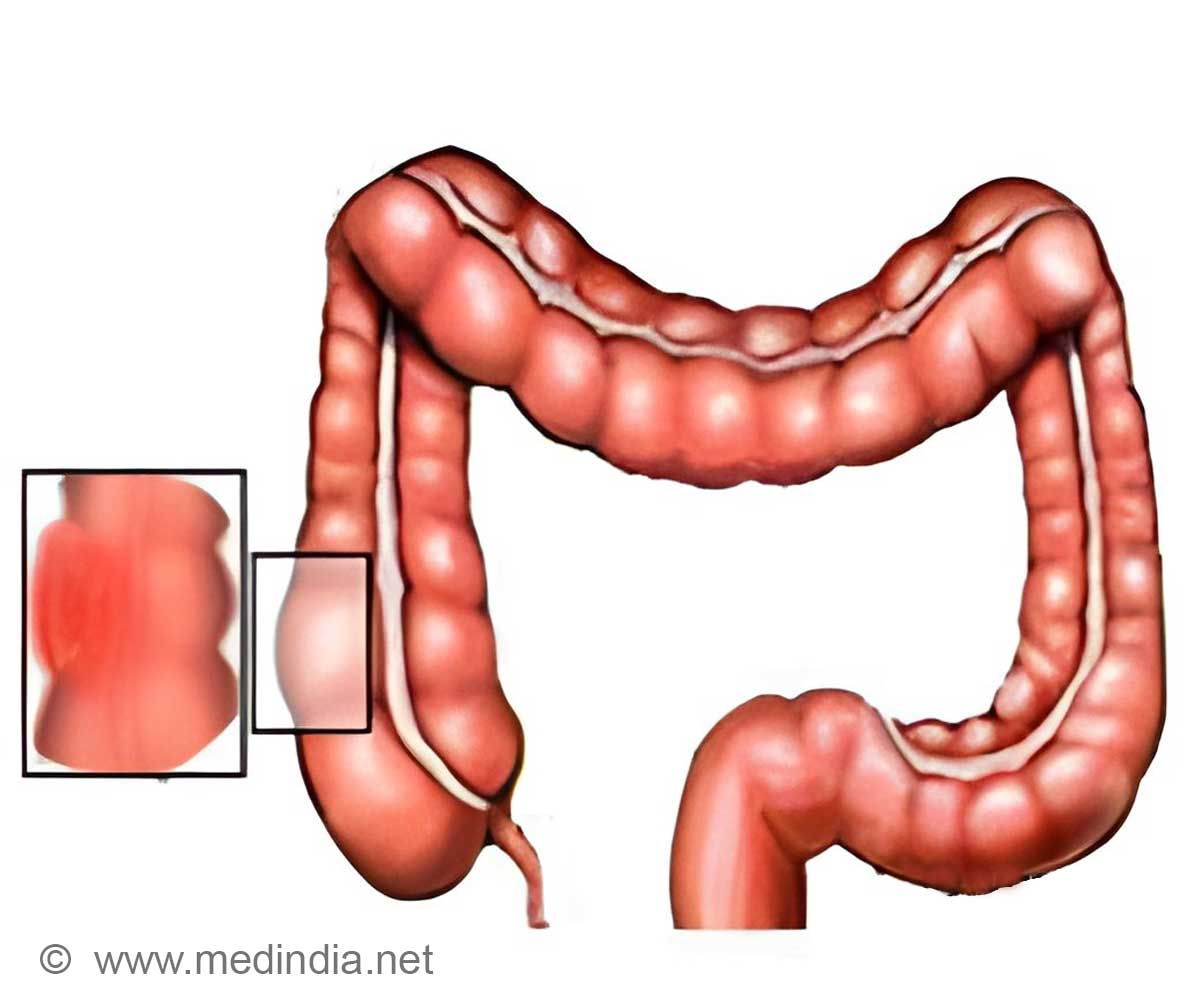While it is critical to investigate how novel variations affect vaccine efficacy and immunity lifetime, these studies require time. When clinical data is unavailable, lab results, such as antibody tests, can be shared more quickly and may drive immunization policies.
Individual research, however, may be insufficient. As a result, a meta-analysis combining much research provides a more powerful review, evaluating numerous parameters such as dose and hybrid immunity benefits.
Omicron’s Effect on COVID-19 Neutralization
By the PRISMA criteria, the current study conducted a systematic review and meta-regression. Between December 15, 2021, and January 31, 2023, the researchers searched PubMed, medRxiv, and bioRxiv for the phrases “COVID-19,” “Omicron,” and “neutralization.” Reviewers looked through titles, abstracts, and entire texts, giving preference to studies that included neutralization data against the Index and Omicron BA.1.
Advertisement
They conducted meta-regressions on changes in neutralization titers over time for various strata to fully grasp if booster doses or hybrid immunity influence neutralizing antibody waning rates.
The study included tests on post-vaccination neutralizing antibody titers at various post-vaccination dates. We used a variety of pseudo-virus neutralization experiments. Data was collected from uninfected cohorts before initial or booster vaccinations, as well as hybrid-immune groups following their first dosage. Because of this, certain research was removed.
The dependability of selected studies was carefully assessed using a specific technique developed before for such investigations. Average declines in geometric mean titers (GMTs) were calculated for the study based on specific parameters such as dose, prior infection status, and strain type.
To reach this conclusion, they used several mathematical and statistical methods, including logGMT computations, linear mixed-effects models, and regression analysis. The most important findings were then highlighted, with statistical significance set at p.05.
Key Trends in COVID-19 Vaccine Neutralization Over Time
In the current study, 26 of the 8,418 publications evaluated were appropriate for analysis. The study concentrated on five distinct groups:
- post-primary vaccinations against the Index strain;
- post-boost vaccinations against the index;
- post-boost vaccinations against Omicron BA.1;
- hybrid-immune post-primary vaccinations against the index; and
- hybrid-immune post-primary vaccinations against Omicron BA.1.
Some cohorts lacked sufficient data for meta-analysis. Because all hybrid-immunity data was from pre-Omicron infections, the study of variant-specific consequences was limited.
The peak geometric mean titers (GMTs) in the investigations varied. For example, messenger ribonucleic acid (mRNA)-boosted, infection-free subjects had GMTs ranging from 101 to 4,096. The highest average GMTs were reported in hybrid-immune post-primary subjects against the Index strain, whereas the lowest was seen in infection-naive post-boost people against Omicron variant BA.1.
Individuals who had previously been infected had higher post-vaccination titers than those who had not, and Omicron BA.1 titers were lower than the Index strain. The mean peak titers of mRNA vaccinations were substantially greater than those of other vaccines.
Over six months, neutralization rates dropped across all groups. The declining rate was stable within the first six months, even though most cohorts supplied limited data points. While antibodies against Omicron BA.1 faded faster than index-specific antibodies, the differences were not statistically significant.
Only four of the 26 studies were judged very dependable in terms of study reliability. Poor reporting quality and assay standardization concerns contributed to ratings that were unclear or low reliability. Peak titers and fading rates, on the other hand, did not differ significantly amongst studies of various trustworthiness.
Antibody Decline Post-COVID Vaccination And Implications for Future Boosters
The current investigation discovered a decrease in neutralizing antibodies after COVID-19 vaccination over the first six months. Regardless of whether people received a primary or booster dosage or had previous infections, the drop rates were relatively consistent.
Notably, the rate of antibody reduction was faster in the Omicron BA.1 variation than in the original strain, while this difference was not statistically significant. There was limited data on the benefits of a second booster; preliminary studies suggest that antibody lifetime may be modestly improved following the second booster.
Interestingly, three groups that received a vector vaccination boost demonstrated the potential for longer-lasting antibody responses early in the post-immunization period. Long-term trials, however, revealed consistent waning rates across all vaccination types. Combining mRNA and vector vaccinations may result in stronger and longer-lasting immune responses.
Neutralizing antibodies are critical in defending against COVID-19 infection, whether moderate or severe. Their levels can help predict vaccination efficacy against different strains. Studies on newer Omicron subvariants have provided conflicting results on waning rates, emphasizing the need for additional research.
Overall antibody levels differed significantly between vaccination types, with mRNA vaccines producing greater titers. Despite various starting points, fading rates were very constant among vaccination platforms. This implies that those who were immunized with less successful first regimens may have reached non-protective antibody levels sooner. The dependability of studies varied, with several scoring medium or low, owing to weak reporting standards.
Reference :
- Waning of post-vaccination neutralizing antibody responses against SARS-CoV-2, a systematic literature review and meta-analysis – (https:www.medrxiv.org/content/10.1101/2023.08.08.23293864v1)
Source: Medindia



